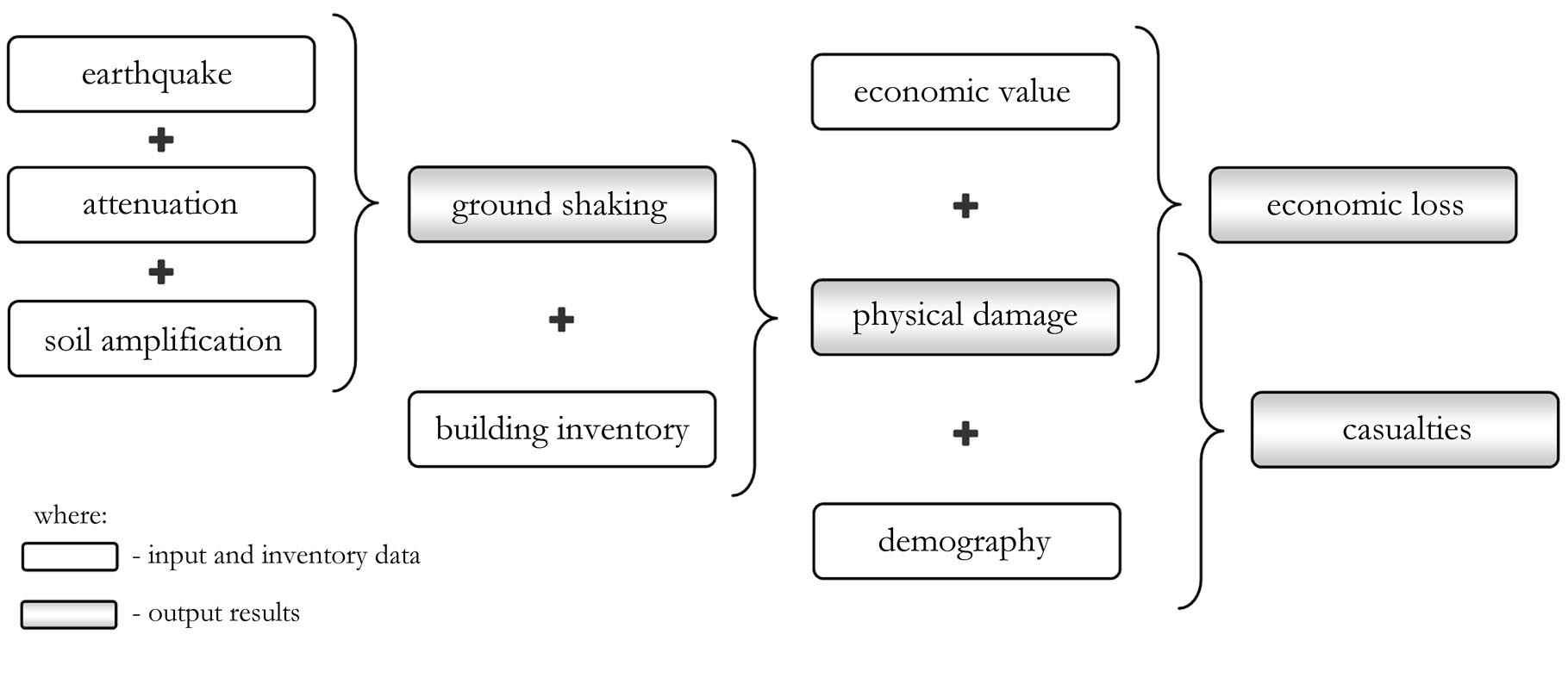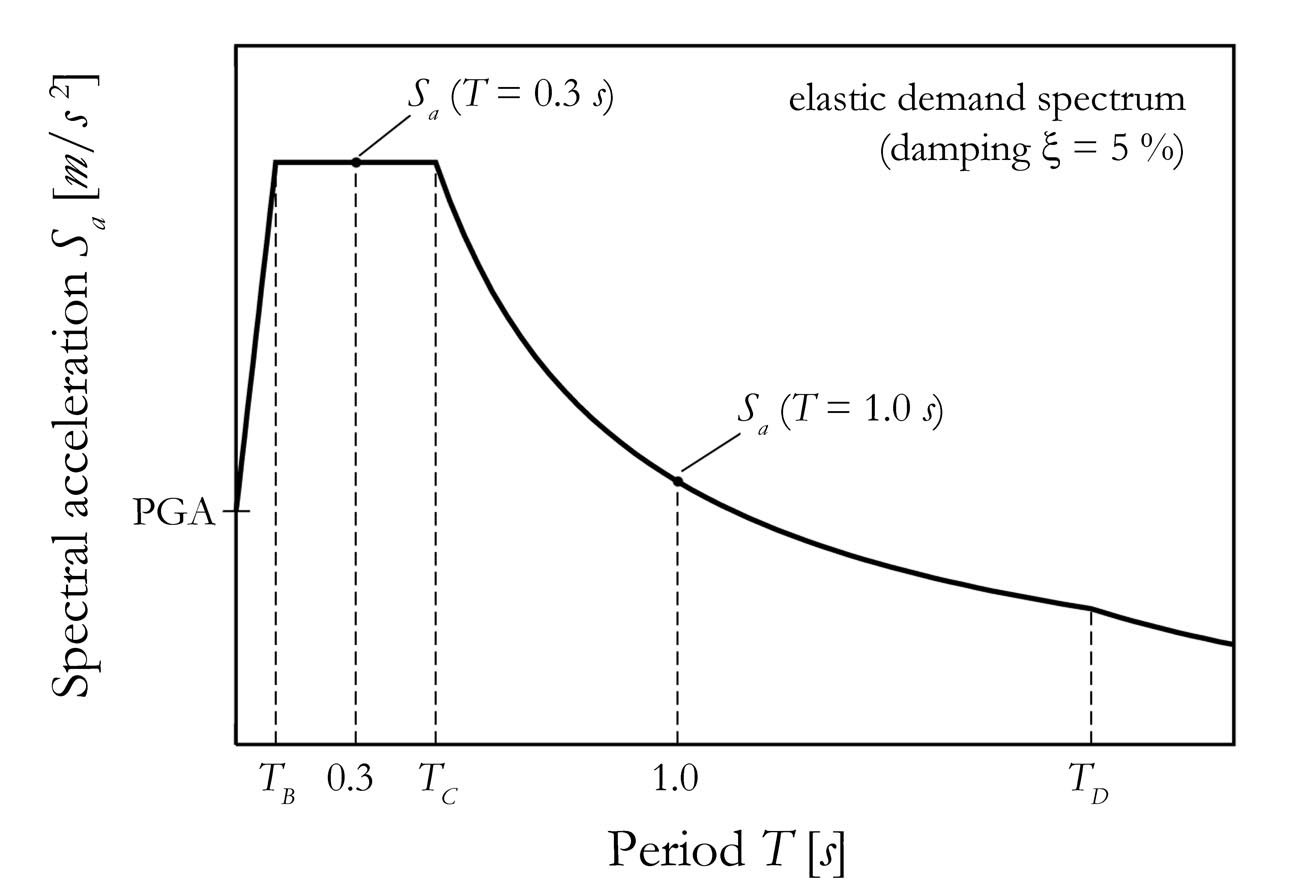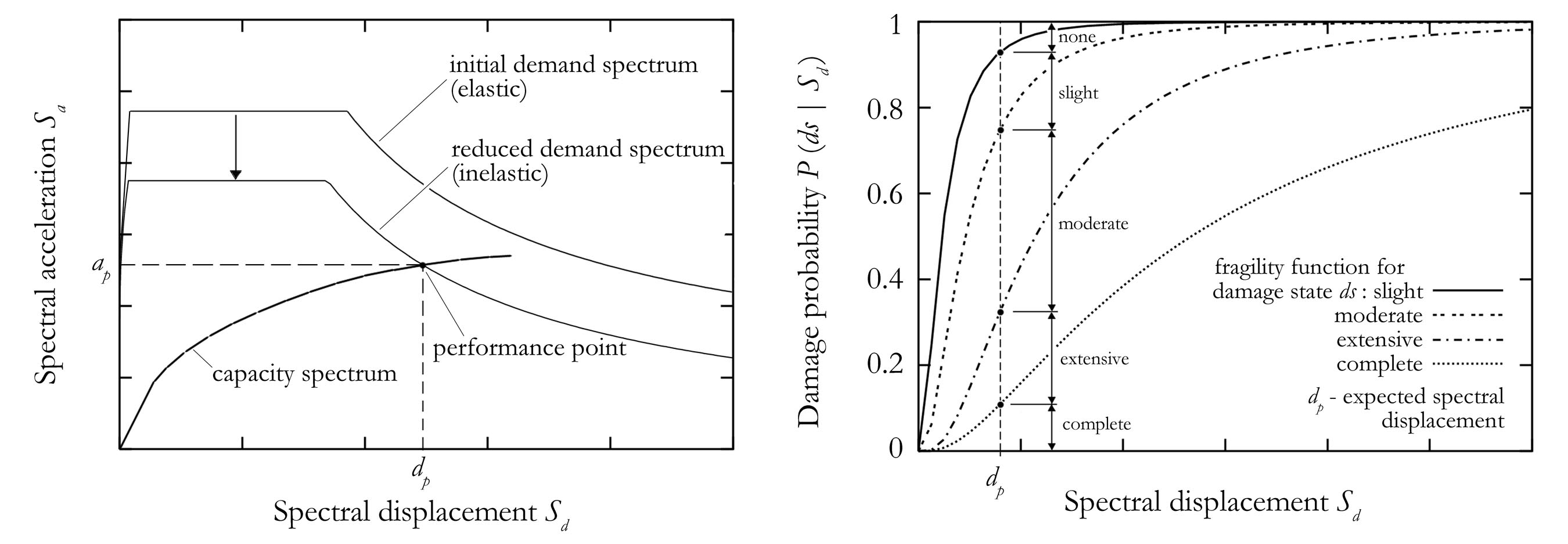SELENA - Seismic Loss Computation Engine
SELENA (Seismic Loss Estimation using a Logic Tree Approach) is a software tool for seismic risk and loss assessment using the engineering-based approach. It thereby relies on the principles of capacity spectrum methods (CSM) and follows the same approach as the loss estimation tool for the United States HAZUS-MH (FEMA, 2004). Unlike HAZUS, which is connected to the ArcGIS software (ESRI, Inc.), SELENA works independently of any Geographic Information System. In addition, a logic tree-computation scheme has been implemented in SELENA, which allows the user to define weighted input parameters and thus to properly account for epistemic uncertainties in all types of input data. Computation results are provided for each branch of the logic tree as well as statistical median values with corresponding confidence levels (+/- standard deviation).
SELENA is open for any user-defined input data and can therefore be applied to any built environment of the world. The user has to supply a number of input files that contain the necessary input data (e.g., building inventory data, demographic data, definition of seismic scenario etc.) in a simple pre-defined ASCII format. In order to allow an easy post-processing of computation results, all output files are also provided in plain ASCII format. Based on the detailedness and availability of input and inventory information SELENA computes ground shaking maps for various spectral periods (PGA, Sa(0.3 s) and Sa(1.0 s), damage probabilities, absolute damage estimates (including Mean Damage Ratios MDR) as well as economic losses and numbers of casualties (Figure 1).

Specification of the seismic input (demand)
In SELENA the provision of seismic demand can be done on three different ways:- the provision of spectral ordinates (e.g., PGA, spectral accelerations Sa at 0.3 and 1.0 s) taken out from probabilistic shaking maps) and assigned to the geographical units (probabilistic analysis),
- the definition of deterministic scenario earthquakes (e.g. historical or user-defined events) and adequate/suitable ground-motion prediction equations in order to compute the spectral ordinates in each geographical unit (deterministic analysis),
- provision of spectral amplitudes of recorded ground motion at the locations of seismic (strong-motion) stations (analysis with near-real-time data).
Based on these acceleration values SELENA generates an elastic response spectrum (damping factor D = 5 %) following a selectable seismic code provision (Figure 2). Currently, the provisions of the U.S. seismic code IBC-2006 (International Code Council, 2006), Eurocode 8 – Type 1 and Type 2 (CEN, 2002) and Indian seismic building code IS 1893 (Part 1) : 2002 (BIS, 2002) with their soil amplification factors are incorporated.

Structural performance under seismic action
In order to identify the so-called performance point on the building’s capacity curve, different user-selectable methodologies are implemented:- the traditional capacity spectrum method (CSM) as proposed by ATC-40 (ATC, 1996),
- the Modified Acceleration Displacement Response Spectra (MADRS) method according to FEMA 440 (FEMA, 2005),
- the Improved Displacement Coefficient Method (I-DCM) as given by FEMA 440 (FEMA, 2005).

